Industrial Uses of Welded Steel Pipes
The billet used for welded steel pipes is steel plate or strip steel. Due to different welding processes, they are divided into furnace welded pipes, electric welded (resistance welded) pipes and automatic arc welded pipes. Due to different welding forms, they are divided into straight seam welded pipes and spiral welded pipes. Due to the shape of their ends, they are divided into round welded pipes and special-shaped (square, flat, etc.) welded pipes. Welded pipes are divided into the following varieties due to their different materials and uses:
1. GB/T3091-1993 (galvanized welded steel pipes for low-pressure fluid transportation)
Mainly used for conveying water, gas, air, oil, heating hot water or steam and other generally low-pressure fluids and other pipes. Its representative material is Q235A grade steel.
2. GB/T3092-1993 (galvanized welded steel pipes for low-pressure fluid transportation)
Mainly used for conveying water, gas, air, oil, heating hot water or steam and other generally low-pressure fluids and other pipes. Its representative material is: Q235A grade steel.
3. GB/T14291-1992 (welded steel pipe for fluid transportation in mines)
Mainly used for
straight seam welded steel pipes for compressed air, drainage, and axial gas discharge in mines. Its representative materials are Q235A and B grade steel. GB/T14980-1994 (large diameter electric welded steel pipe for low-pressure fluid transportation). Mainly used for conveying low-pressure fluids such as water, sewage, gas, air, heating steam, and other purposes. Its representative material is Q235A grade steel.
4. GB/T12770-1991 (stainless steel welded steel pipe for mechanical structure)
Mainly used for machinery, automobiles, bicycles, furniture, hotel and restaurant decoration and other mechanical parts and structural parts. Its representative materials are 0Cr13, 1Cr17, 00Cr19Ni11, 1Cr18Ni9, 0Cr18Ni11Nb, etc.
5. GB/T12771-1991 (Stainless steel welded steel pipe for fluid transportation)
Mainly used for conveying low-pressure corrosive media. Representative materials are 0Cr13, 0Cr19Ni9, 00Cr19Ni11, 00Cr17, 0Cr18Ni11Nb, 0017Cr17Ni14Mo2, etc.
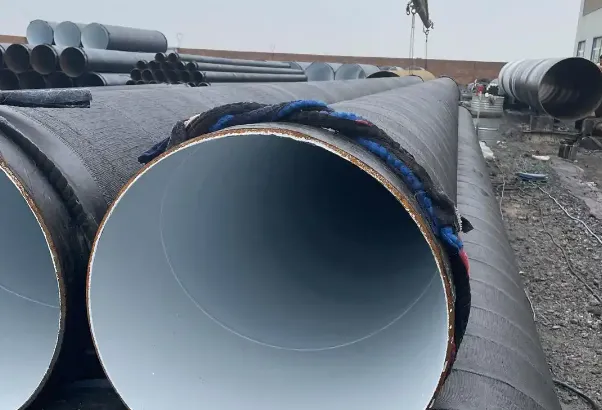
Theoretical calculation method of welded pipe weight
The theoretical calculation method of welded pipe weight has a formula to follow; the theoretical weight of steel pipe per meter (steel density is 7.85kg/dm3) calculation formula: W=0.02466 (D-S)/S; where: W represents the theoretical weight of steel pipe per meter, unit: kg/m; D represents the nominal outer diameter of the steel pipe, unit: mm; S represents the nominal wall thickness of the steel pipe, unit: mm.
Welded steel pipes are widely used in various engineering and industrial fields due to their low cost and high production efficiency. In the construction industry, they are mainly used for water, gas, heating and other pipelines, as well as structural components such as scaffolding and railings. In the oil and gas industry, welded steel pipes as pipelines can withstand medium and low pressure environments and are suitable for long-distance pipelines. Welded pipes are also commonly used as mechanical structural parts in the manufacturing industry, such as agricultural machinery, automobile chassis, fitness equipment, etc. In terms of municipal infrastructure, welded steel pipes are used for water supply, drainage, sewage pipelines and bridge guardrails. In the power industry, welded pipes are often used for transmission tower components and cable conduits. In addition, they are also widely used in furniture manufacturing, containers, greenhouses and other fields. Different types of welded pipes, such as straight seam welded pipes and spiral welded pipes, can be selected according to actual needs to meet performance requirements such as pressure bearing, strength or corrosion resistance.






 English
English Español
Español بالعربية
بالعربية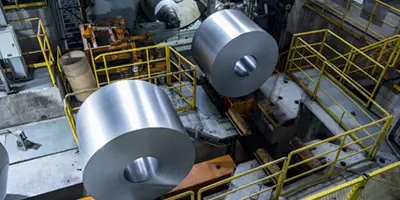
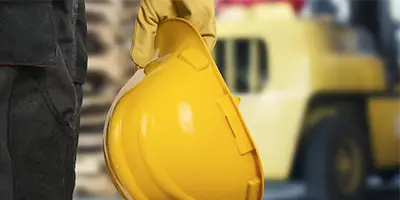
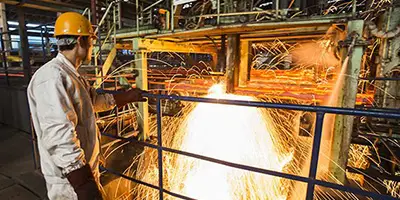
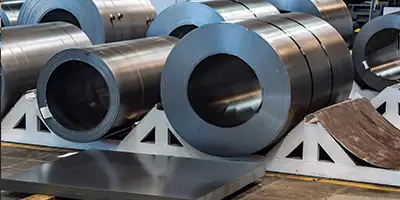

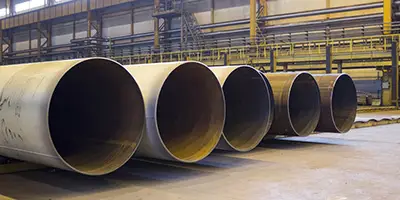
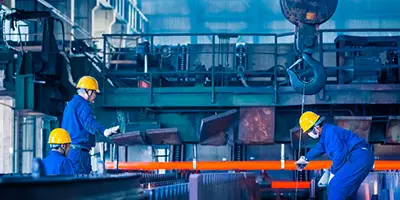
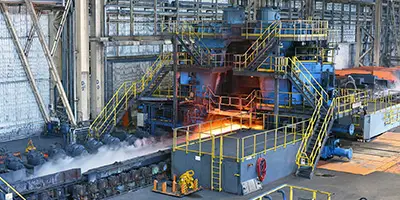
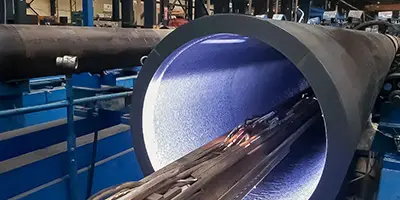
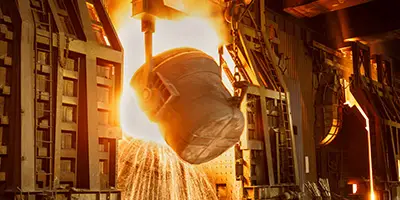
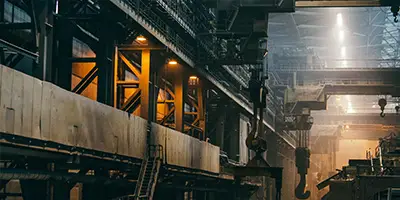

 Phone :
Phone :  Whatsapp :
Whatsapp :  Email :
Email : 


